Traveling to a historical destination is an unforgettable and incomparable experience and having the oldest cities in the world in mind. Knowing a historically important city provides a deep and complete understanding of events and moments that have shaped and changed humanity.
No course, class, book, film can compare to the feeling of visiting the scene where the world has become what we know today and still having the oldest cities of the world preserved.
For travelers looking for this experience, 13 destinations can easily top a wish list: the oldest cities in the world. Those that have registered occupation for the longest time, that were important in fundamental historical moments and are still inhabited, preserving unique structures and offering impressive tours and tourist visits.
RichUpdates has provided the list of the oldest cities in the world stating their first occupation, where they are located and the population of each, read along.
1 – Jericho
First occupations: between 9600 and 9000 BC
Location: West Bank
Current population: 20,000
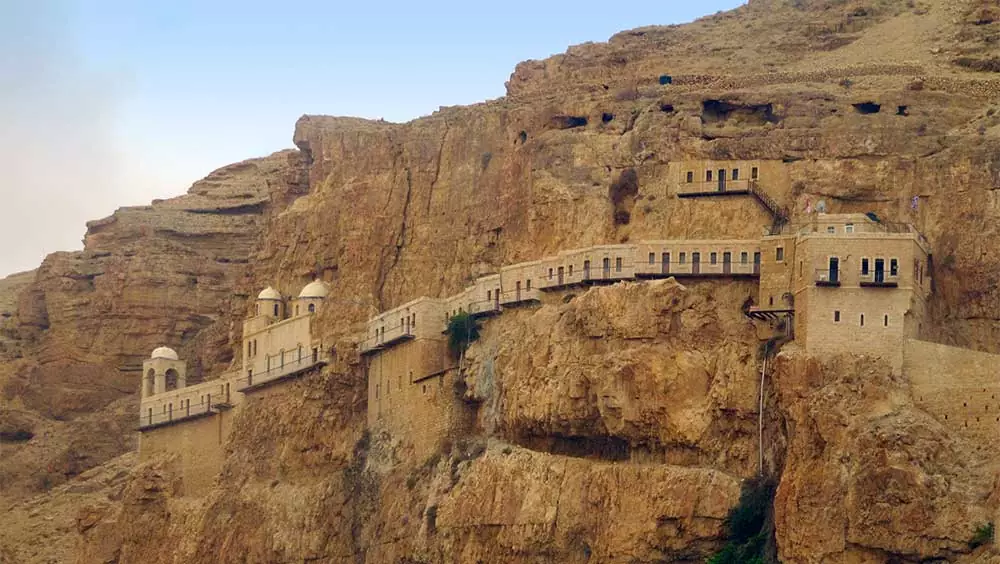
Considered the oldest city in the world, Jericho, which is in Palestinian territories, has been inhabited since 9000 BC Recent excavations have uncovered the remains of 20 settlements in the region, dating back to 11,000 years ago. Located near Jordão, in the West Bank, Jericho is inhabited by 20 thousand residents today, in a scenario that seems to have stopped in time. Jericho is one of the oldest cities in the world and also considered the oldest city ever.
2 – Byblos
First occupations: 5000 BC
Location: Lebanon
Current population: 20 thousand

The first residents arrived there in 5000 BC Although it was founded by the Phoenicians, the name Byblos was given by the Greek people, who imported papyrus from the region. The word “Bible” is a derivation of “Byblos”, inclusive. Among the city’s attractions are the ancient Phoenician temples, the Castle of Byblos and the Church of St. John the Baptist. The city also has the International Festival of Byblos, which brings together musicians from all over the world.
3 – Aleppo
First occupations: Between 5000 and 4300 BC
Location: Syria
Current population: 1.8 million

For centuries Aleppo was the largest city in Greater Syria, comprising the current states of Syria, Lebanon, Jordan and Israel, and the third in the Ottoman Empire, after only Constantinople and Cairo. The city’s importance in history consisted of its location, at the end of the Asian Silk Road that crossed Central Asia and Mesopotamia. Like Damascus, Aleppo had its first inhabitants in 4300 -5000 BC when the Suez Canal was opened in 1869, trade began to be carried out by the sea and Aleppo began its gradual decline.
4 – Damascus
First occupations: between 9000 and 6300 BC
Location: Syria
Current population: 1.7 million

The region of Damascus, Syria, had its first inhabitants in 4300 BC Many historians and anthropologists believe that Damascus is the oldest city in the world – some argue that it has actually been inhabited since 10000 BC, but, as there is no consensus on this, this theory is still not the most accepted.
Also known as the city of jasmines, Damascus is 80 km from the Mediterranean Sea and close to the Euphrate River. Its location helped establish it as one of the main trade routes between East and West.
Damascus was an important settlement region for the Aramaeans, who were responsible for the implementation of modern water network systems. Later, the city was conquered by Alexander the Great. The place still has many old buildings, which attracts tourists from all over the world.
Damascus is currently the second-largest (most populous) city in Syria and the seat of government and ministries in the country. It also has a large market and brings together Muslim, Christian and Jewish neighborhoods.
5 – Susa
First occupations: 4200 BC
Location: Iran
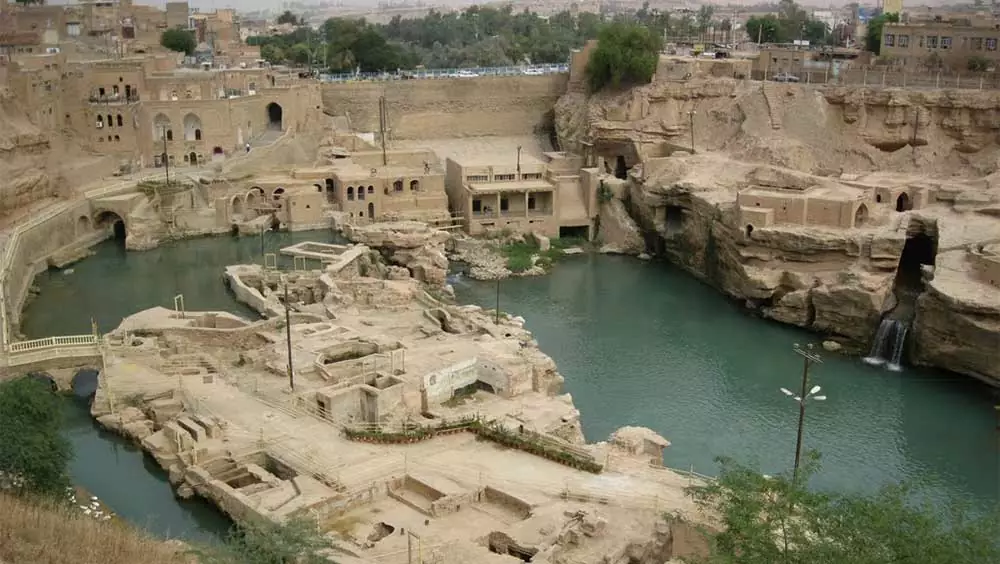
Anthropological studies indicate that the first inhabitants of Susa, in Iran, date from 4200 BC. Center of culture from the second millennium BC, Susa successively integrated the Babylonian, Persian and Parthian empires. It was the capital of the Elamite Empire before the arrival of the Assyrians.
It was destroyed around the year 645 BC by Asurbanipal, but later it again flourished in all its splendor as the residence of the Achaemenid Persians. In 1901, in Susa, the famous “Hamurabi Code” of Babylon was discovered, which was transferred to Susa by the Elamites. The city reached its greatest extent during the Persian era. Susa is also considered one of the cradles of the Theater.
6 – Faiyum
First occupations: 4000 BC
Location: Egypt
Current population: 400 thousand
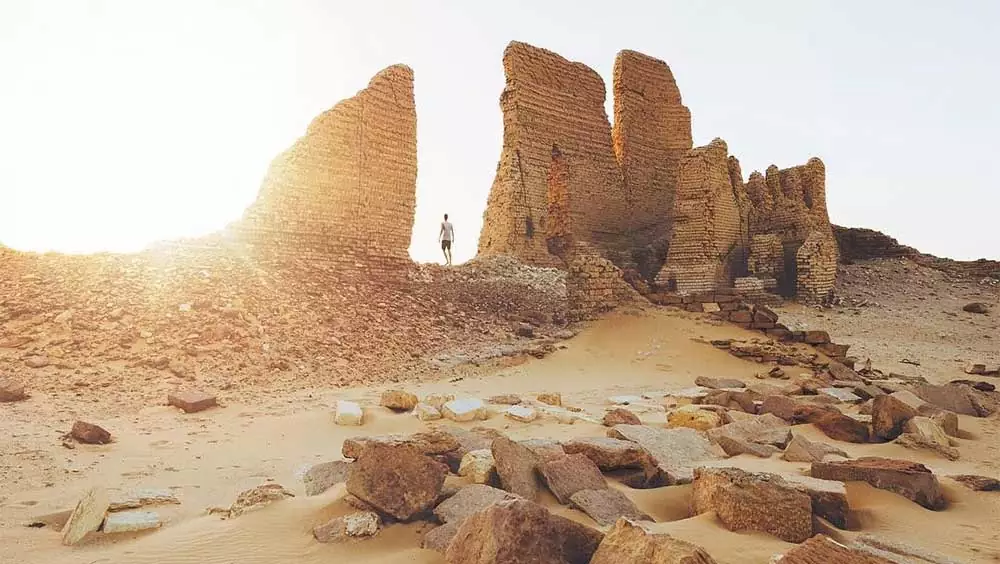
Located southwest of Cairo, Egypt, Faiyum was known as Euemeria in the Roman period. The city encompasses a part of the ancient city of Crocodilopolis, in which citizens worshiped a sacred crocodile called Petsuchos. One of the curious features about local culture goes back to the ancient belief in Petsuchos, a sacred crocodile.
In addition to bazaars, mosques and baths, Faiyum has become something of an ecotourism and history center for travelers who plan to explore the lakes of Wadi El Rayan and the pyramids of Lehin and Hawara.
7 – Sidon
First occupations: Between 4000 and 3000 BC
Location: Lebanon
Current population: 200 thousand

This Lebanese city appears to be as old as Plovdiv. Sidon is just 25 km from Beirut and is considered one of the most important and ancient Phoenician cities.
Homer, author of the epic poems Iliad and Odyssey, praised its inhabitants for their expertise in the manufacture of glass and purple fabrics. It was also from Sidon that the founding colonists of Tire left. It is mentioned several times in the New and Old Testaments. According to the Gospel of Mark, Jesus would have expelled the demon from the body of a woman near Sidon, Alexander the Great was also there.
8 – Plovdiv
First occupations: Between 4000 and 3000 BC
Location: Bulgaria
Current population: 343 thousand
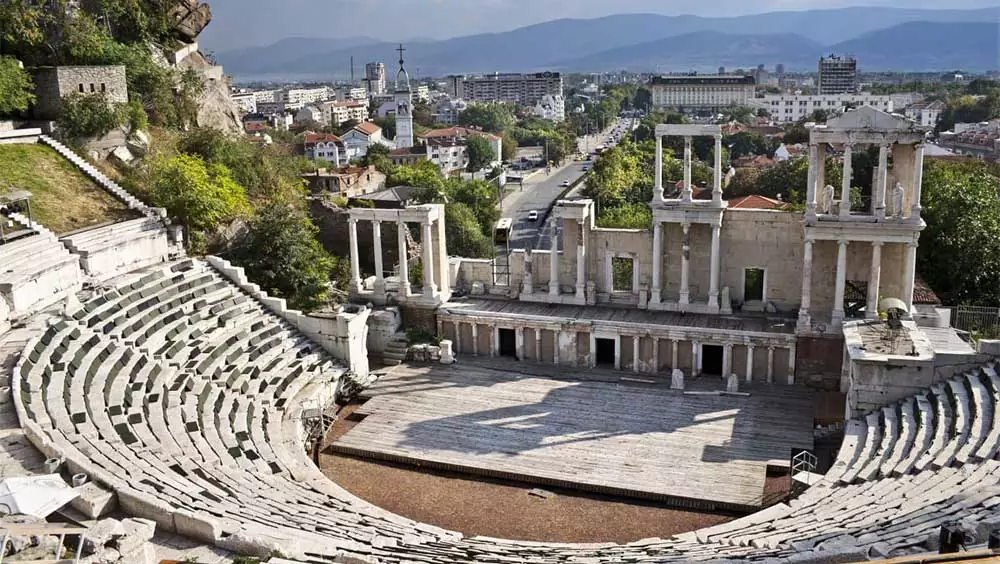
Plovdiv is the second largest city in Bulgaria, Plovdiv was known as Eumolpia, has been populated since 4000 BC Before it became a Roman city, the place functioned as a kind of settlement. In 342 BC it was conquered by King Philip II of Macedonia, father of Alexander the Great, who changed the name of the city Filipópolis. Throughout its history, it was dominated by Byzantines and Ottomans until, finally, the Bulgarians conquered it in the year 815. The name Plovdiv appears for the first time in the 15th century. After World War II, communism was instituted in the country and the city turned focus of democratic groups, which overthrew the regime in 1989.
Plovdiv is a great cultural center and a great attraction for those who always wanted to see ancient Roman buildings up close, such as Plovdiv’s ancient amphitheater and aqueduct.
9 – Gaziantep
First occupations: Around 3500 BC
Location: Turkey
Current population: 1.6 million
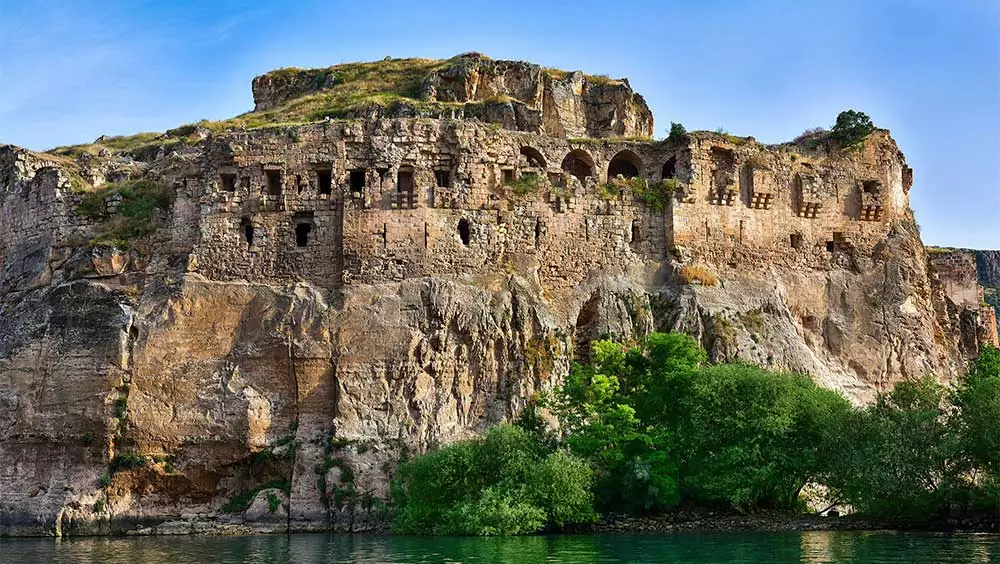
Founded by the Hittites around 1000 BC under the name of Doliche, Located in southern Turkey. Gaziantep was an important fortress during the Middle Ages but suffered several invasions. In 1183, it was dominated by the Turks and other peoples, until it became part of the Ottoman Empire. The city had its central region reformed by the Byzantines in the 6th century. After the First War, the British stayed there until 1919 and the French until 1921. Today, historians consider that Gaziantep may also have been the legendary city of Antiochia ad Taurum mentioned in sacred texts.
10 – Beirut
First occupations: 3000 BC
Location: Lebanon (Capital of Lebanon)
Current population: 2 million

The capital of Lebanon has had residents since 3000 BC and, after all, is a major cultural, administrative and economic center in the country. Beirut was occupied by Greeks, Romans and Byzantines. In the 6th century, it was completely devastated by earthquakes.
During the Crusades, it was disputed by Christians and Muslims and, after a period of Turkish and Egyptian rule, absorbed by the Ottoman Empire. It became the capital of Lebanon in 1946. In 1980, the city was divided into two sectors: the eastern inhabited almost exclusively by Christians, and the western, where Muslims predominate. The city also appears in letters from Egyptian pharaohs in the 14th century BC Since the Lebanese civil war ended, the place has been a modern and highly sought after tourist attraction.
11 – Jerusalem
First occupations: 2800 BC
Location: Israel
Current population: 857 thousand
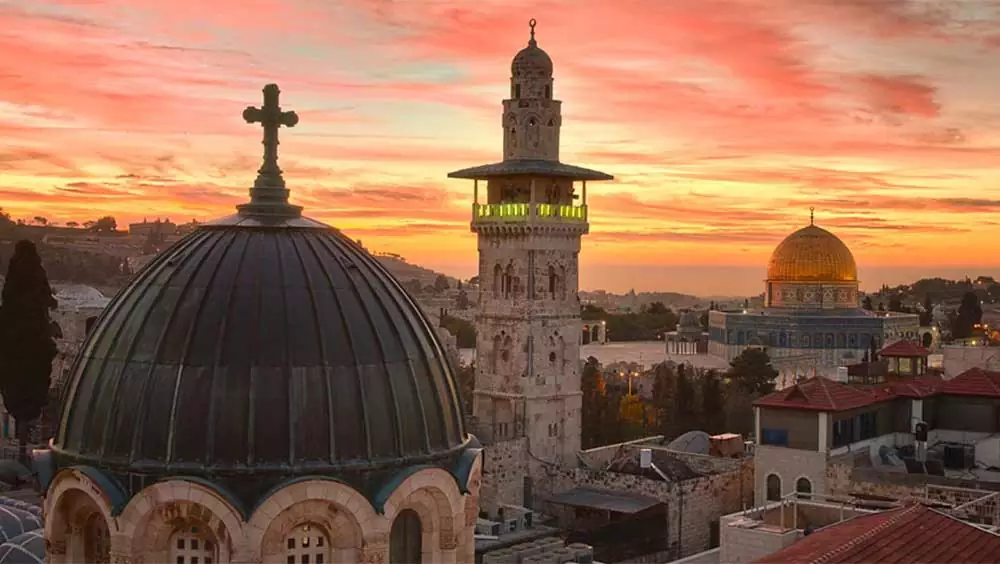
It is estimated that the city was inhabited from the year 2800 BC The place is ideal for those seeking some kind of religious immersion, after all, we are talking about the spiritual center of the Jewish people and also the third holy city of Islam.
With historical records of almost 5,000 years, located in the Judean mountains between the Mediterranean and the Dead Sea, it is the sacred city of the three main Abrahamic religions: Judaism, Christianity and Islam. Israelis and Palestinians claim the city as their capital
During its history, Jerusalem has been besieged 23 times, attacked 52 times, captured 44 times and destroyed twice and rebuilt. Benjamin Disraeli once said, about Jerusalem, that the city is not so much about the history of the world, but about the history of earth and paradise, and it got a spot on the list of the oldest cities of the world.
12 – Argos
First occupations: Between 3200 and 3000 BC
Where: Greece
Current population: 24 thousand
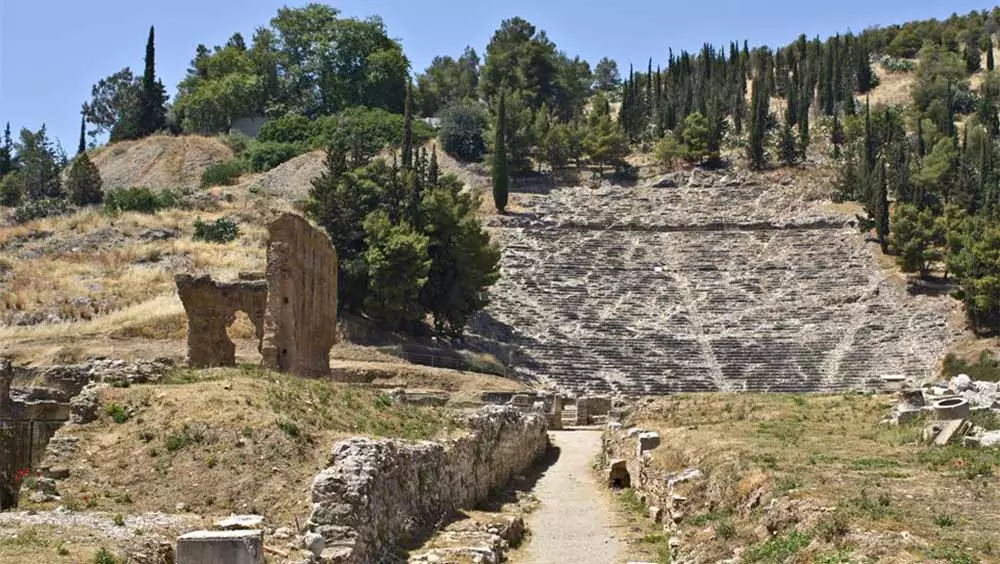
Located northeast of Peloponnese, it is the oldest inhabited city in Greece. It was one of the largest shopping centers in the old world. After the 6th century BC, it saw its prestige wane, overshadowed by Sparta. In Greek myths, the city was named after the son of Zeus with Niobe, and Homer’s Iliad describes it as a renowned horse breeding center.
At the beginning of the Greek War of Independence, the Argos Consulate was proclaimed independent. Later, he accepted the authority of the Greek provisional government and became part of the Kingdom of Greece.
13 – Xian
First occupations: 4000 BC
Where: China
Current population: 12 million

Xian in China is also one of the oldest cities in the world. It was the capital of the Qin dynasty, which reunited the country and laid the foundations for the Chinese empire. Xian is the eastern limit of the Silk Road and is known as the site of the Terracotta Army, built during the Qin dynasty. Since the 1990s, as part of the resurgence of the Chinese economy, the city of Xian has re-emerged as a cultural, industrial and educational power, with extensive investments in the area of research, national security and the Chinese space exploration program.
Read also:
Seun Kuti Wife: “Yeide Kuti” Biography, Education, Career, Child, and Net Worth
Awesome post! Keep up the great work! 🙂